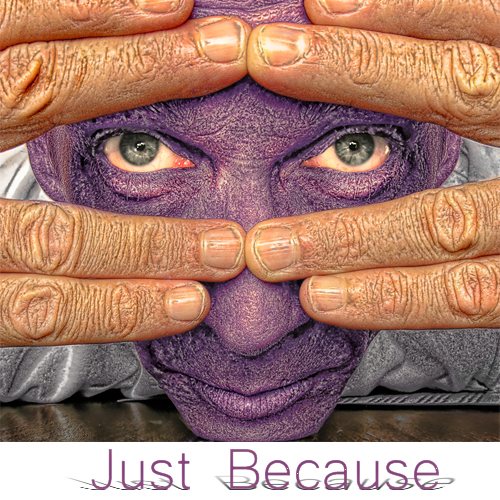It is at times difficult to pinpoint what triggers one to use a particular approach in art therapy. Was it the quiet reserved aspect of the child? The paucity of details and confusion in her drawing of a timeline? Or perhaps the problem with chronological sequencing in her storytelling? Or was it the attunement to the storytelling aspect of her particular culture? I think it was a combination of all these factors that led me to choose family album work a photo therapy technique with this particular child.
With his mother’s permission a family album was brought in. The album the child had put together was not organized chronologically and I could not at first understand her placement choices. It seemed to mirror a similar confusion to her previous storytelling. However when I asked how she made her choices, she explained that she made sure that all family members were visible on two pages which included her long deceased father whom she had only known the first years of her life.
The longing for her father was significant and thus oriented our work more clearly. A family photo was creatively recomposed to reconstruct an intact family as she imagined it (mother, dad and herself in the middle). Making this imagined scene visible served to openly talk about loss, what was missed, how things could have been different.
Further work with family albums have included mother and child work where family pictures serve to elicit stories about the child and situate him/her in the family history. This storytelling around photos is precious to further communication between parent and child, serves to acknowledge their presence and place in the family, awaken parents to some of the questions a child may have. As objects of memory, photos in parent child work serve remembering together and provide visual and narrative continuity to the lived experience that may be fragmented due to a number of reasons (moves, placement, death, illness etc).
You can read more about family album work which Judy Weiser psychologist and photo therapy expert presents at length along with four other techniques which she lists as: a) photos taken by the patient; 2) photos of the patient taken by others; 3) self-portraits; and 4) projective photos, where a patient tells a story of a chosen picture. She has published a book and DVD and gives conferences regularly.
 There are so many more ways to use personal photos in therapy with the use of technology. Photos can be uploaded into a computer and transformed a little or a lot, enhanced and layered, digitally manipulated into paintings, multiplied and printed to be used in various creative ways. Even a photocopier provides the means to play with photos (enlarge, reduce, multiple copies). This takes away the precious side of the object that can be preserved while freeing the contents to be used in many different ways.
There are so many more ways to use personal photos in therapy with the use of technology. Photos can be uploaded into a computer and transformed a little or a lot, enhanced and layered, digitally manipulated into paintings, multiplied and printed to be used in various creative ways. Even a photocopier provides the means to play with photos (enlarge, reduce, multiple copies). This takes away the precious side of the object that can be preserved while freeing the contents to be used in many different ways.
 Actual photographs can also be manipulated and altered with different art materials, such as art stamps, collage, scratching, painting, staining, bleaching etc. To know more search for altered art techniques. Two good books on Altered imagery are : « The complete guide to altered imagery » by Karen Michel and « Mixed emulsions » by Angela Cartwright.
Actual photographs can also be manipulated and altered with different art materials, such as art stamps, collage, scratching, painting, staining, bleaching etc. To know more search for altered art techniques. Two good books on Altered imagery are : « The complete guide to altered imagery » by Karen Michel and « Mixed emulsions » by Angela Cartwright.
Classé dans altered imagery, Books, family album, Judy Weiser, photo therapy, photography, Thérapie.
Catégorisé dans Thérapie.
Publié le 04 juin 2008